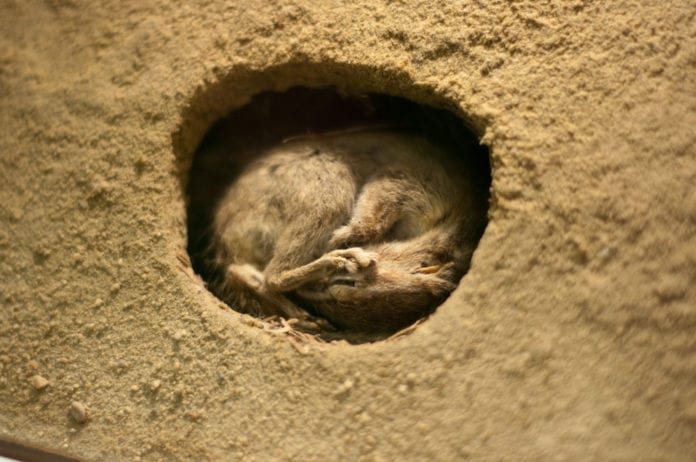
Hibernation is a common attribute amongst multiple species of animals that are found in the colder regions of the world. The process of hibernation is utilized by these animals to preserve energy and food during the winters when the availability of both is sparse and uncertain.
Hibernation is exhibited by animals big and small and is a very useful mechanism in ensuring their survival. From big lumbering animals such as bears to the small energetic mice, the types of animals that can hibernate are very diverse. Hibernation can be useful for humans as well.

Studies into the nature of the hibernation that animals seem to go into have yielded a surprising result. Two separate studies have identified ‘switches’ in the brain of mice that can be used to send the small animals into hibernation. This discovery will have huge implications as it can lead to the discovery of similar switches in the brains of other animals, and perhaps even humans.
This could make it possible to send creatures into the suspended state at will. The effects of hibernation on an organism’s body are very well documented. It results in reduced physiological activity in their body. This further leads to a reduction in body temperature, which preserves the energy stockpiles inside the organism’s body.
The idea that certain parts of the brain may be more responsible than others in sending animals into hibernation is not new. The thermoregulation that organisms need to achieve is only achievable when certain parts of the brain are heavily involved.
These studies focused on those areas and have resulted in a richer understanding of how the neurons present there act. The study could result in some serious applications in the healthcare industry. The ability to slow down an organism’s metabolism and control energy use are certain abilities that could prove to be useful.

One of the obvious uses of this result that might come to the mind of many people is space travel. If the travellers aboard an interstellar spaceship could be put into suspended animation, they could cover the years’ worth of interstellar distance without any implications for their health or well being.
However, this might just be too far out for us as it is only the starting phase as we begin to investigate how to put animals into hibernation. These studies could potentially form the basis of future technology, which could enable us to put humans into such suspended animation.
The studies are still in their infancy, and hibernation has only been induced for 48 hours in mice by stimulating certain parts of their brains. It remains for us to see what short-term implications of these studies will be.
Further reading:

